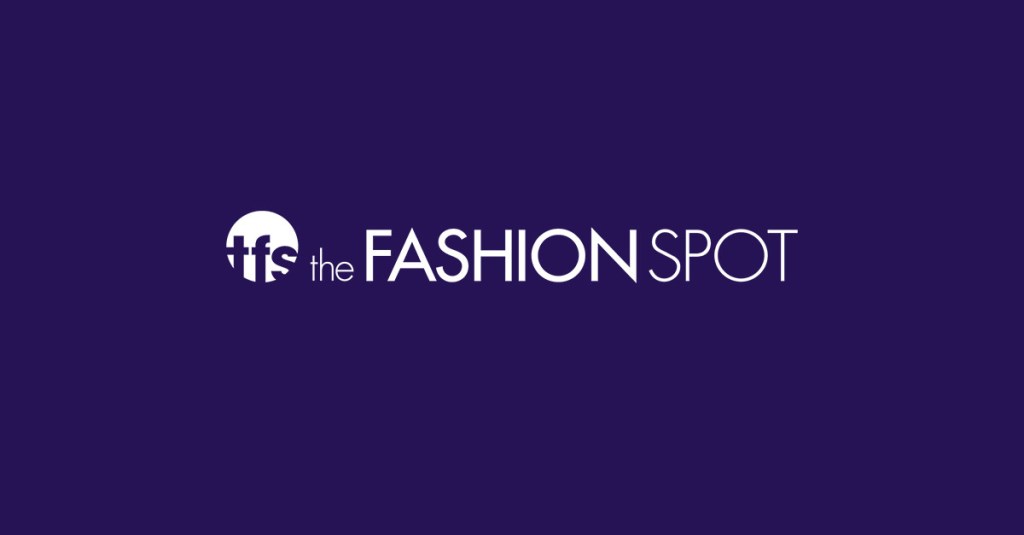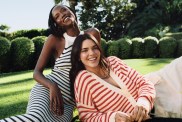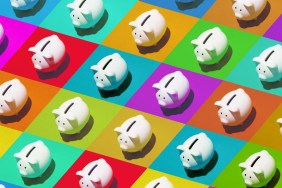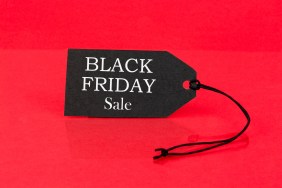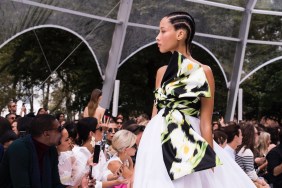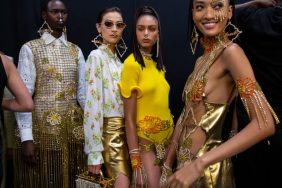Article and images courtesy of thefashionisto.com/blog
When turning to traditional new sources, I can’t help but feel that they are out of touch with the youth. An example would be Lauren Sherman’s article, “The New Counterculture’s Buying Power”, that has currently been making the rounds on the usual blogs like WATM and Selectism. Sherman’s article discusses the vast market of profit that has arisen out of the “hipster” circle. Sherman paints hipsters as “20- and 30-something trendsetters in stovepipe jeans, pointy black boots and too-tight plaid flannels.” Some “hipsters”, (and I use that term loosely) might fit the image, but I feel very uncomfortable classifying people. Forced to wrap my mind around the thought of a hipster generation, I see it more as a lifestyle, which just happens to have a look; ie: the Cobrasnake.

Regardless of Sherman’s idea of the hipster, I think she hit the nail on the head when it comes to the younger generation and consumerism. Lately, department stores and specialty stores like the Gap are struggling to stay afloat with the young consumer, while stores like Urban Outfitters are flourishing. While stores like the Gap seem stale with a revolving rack of the same season’s clothes, just in various colors, Urban Outfitters has reached out to the consumer who wants to stay up to date with the trends by inviting collaborations with up and coming high street brands like Corpus and B.Son. Urban Outfitters also appears to be very aware of international trends. Just take a look at their offering of flat foot oxfords that you would be hard pressed to find in the typical American mall.
“While retailers geared toward consumers under 45–the Gap (nyse: GPS – news – people ), Abercrombie & Fitch (nyse: ANF – news – people ) and Express–have struggled in the past year to increase sales, hipster-centric clothing outlet Urban Outfitters (nasdaq: URBN – news – people ) has reported record results. The retailer sells several private brands as well as secondary labels from quintessential left-of-mainstream designers such as Steven Alan, Charlotte Ronson and Grey Ant. Urban Outfitters is less khakis and t-shirts and more buffalo-check blouses and magic-marker-color denim.
For the second quarter of the 2008 fiscal year, which ended July 31, Urban Outfitters–which includes its 126 namesake stores in the U.S., Canada and Europe alongside Anthropologie, Free People and Terrain–reported a 30% increase in sales to $454 million, resulting in the second-highest quarter in the company’s history. What’s more, comparable-store sales at Urban Outfitters increased by 19% from the second quarter of 2007. Second-quarter earnings increased by 79% over the same period last year to a record $57 million.
In a Sept. 25 statement, RBC Capital Markets analyst Howard Tubin said that Urban Outfitters was able to buck the market trend because of its fashion risks, which have resulted in unique designs. Right now, most most retailers are playing it safe.” [Forbes]
